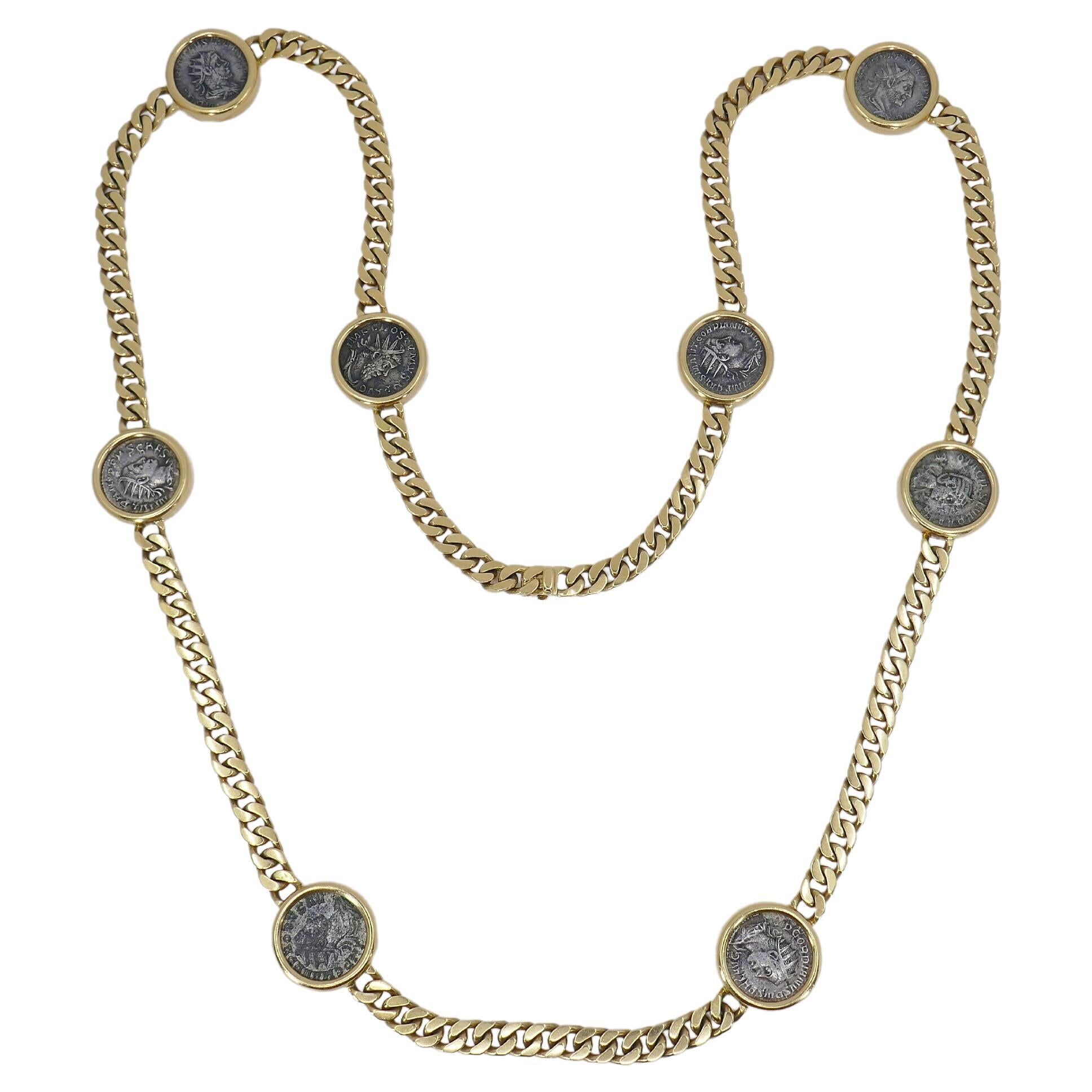About Bulgari Brand
Always being inspired by the Roman culture and Italian sense of luxury, Bulgari brand has been having an ability to fabulously celebrate those traditions since the year of 1884.
During its long history, Bulgari jewelry has been always in demand. Bulgari pieces became iconic because of the unique production approach. Instead of following current design rules, Bulgari places its bets on all things Italian.
Opulent shapes, bright colored stones and an unexpected mixture of materials creates that special, always recognizable Bulgari vibe.
Today the House added innovation to its core values list. Bvlgari collaborates with various contemporary artists, such as Refik Anadol , Sougwen Chung, and Davide Quayola.
Bulgari has expanded its offerings to include other luxury products such as fragrances, leather goods, and accessories, further establishing itself as a multifaceted luxury brand.
About Italian jewelry
Italian jewelry history
Italian jewelry style is deeply rooted in the history of the region. The beginning of it can be marked as far as 700 BC. What we consider today as the Italian style was impacted by the ancient Greek, Roman and Etruscan cultures.
Italian jewelry of all time is mostly made of yellow gold. This metal has been favored the most by Italian makers. In the Etruscan region goldsmiths developed such processes as alloying and engraving, also the granulation method got perfected and became a signature. In the later Middle Ages, the most sought-after jewelry pieces came from Vicenza and Florence. During the Renaissance era, the art of jewelry making was as much important as painting and architecture. Later, in the Baroque era, jewelry design shifted from bold and straight forward pieces to intricate and more detailed. Today Italian jewelry style and look depends on a certain maker. However, “made in Italy” jewelry always relates to luxurious lifestyle, timeless design and exquisite manufacturing.
Italian jewelry in the 1970s
The 1970s marked an era of unique and distinctive styles in the world of Italian jewelry. During this time, Italy played a leading t role in shaping jewelry trends. It was the era of bold designs, innovative materials, and a fusion of traditional craftsmanship with modern influences.
Designers of the 1970s experimented with a wide range of materials, moving beyond the traditional use of gold and precious gemstones. They incorporated coral, turquoise, mother-of-pearl, resin, and even plastic. This creative use of diverse materials added a playful and unconventional element to the jewelry. The geometric and abstract design trends of the 1970s influenced Italian jewelry. It be in sync with the artistic movements of the era, jewelers integrated symmetrical patterns, angular shapes, and fluid lines. A fearless approach to design and a strong connection to the cultural movement continue to influence Italian jewelry design and fashion to this day.
Italian chains
Italy’s chain production started somewhere back to the ancient times, as braided chains were found in Ur and Upsala at the archaeological sites. They were crafted by using knitting technique and were precursors of the modern link chains.
It thanks to Italian makers we have Figaro, Anchor and Spiga links today. Those links could be a result of reinvented and reimagined Catholic rosaries. In our time Italian gold chains are well-known for its durability and great design.
One of the Italian makers, UnoAErre, gave 18k gold Italian chain a worldwide fame in the 1980s. Gucci became a synonym of anchor chains. Tubogas design invented by Bulgari is iconic and used by many designers not only in chains but for making gold tubogas bracelets, earrings and rings.
Italian makers
So many great jewelry brands came from Italy, it’s really challenging to mention just a few. Vhernier, Roberto Coin and of course Bulgari could be the first who come to mind when we think of the Italian makers. We also should mention Carlo Weingrill, a jewelry house from Verona. Their high-quality pieces have been sought after in the last few decades. The house has been family owned by four generations of jewelers. Passing family traditions of workmanship is another staple of Italian jewelry making. Italian cultural heritage, high-skilled makers and great quality materials keep going the never-ending popularity of Italian jewelry.
